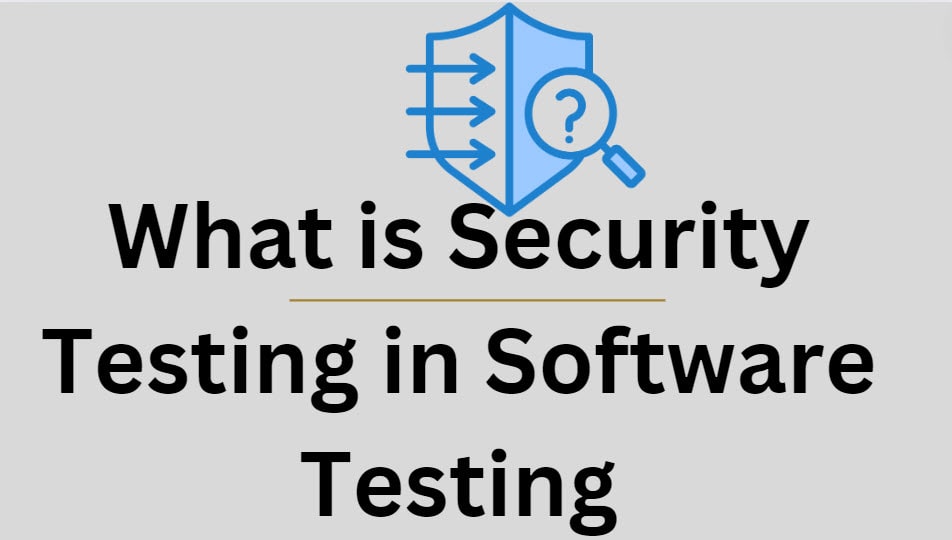Security testing has become an indispensable component of the software development lifecycle (SDLC). As cyber threats continue to evolve and escalate, organizations must prioritize application security to protect sensitive data, maintain user trust, and safeguard their reputation.
Security testing is an essential phase in the SDLC that aims to identify vulnerabilities, weaknesses, and potential threats in software systems before they can be exploited in real-world scenarios. This process involves a comprehensive evaluation of an application’s security features to ensure they function as intended and provide adequate protection against various forms of cyber attacks.
Security testing encompasses various techniques and approaches, including:
- Vulnerability Scanning: Automated tools are used to detect known security issues in the application’s code and configuration.
- Penetration Testing: Ethical hackers attempt to exploit vulnerabilities to assess the system’s resilience against real-world attacks.
- Risk Assessment: Identifying potential threats and evaluating their impact on the system and organization.
- Security Audits: Comprehensive reviews of the system’s security controls, policies, and procedures.
- Code Reviews: Manual or automated examination of source code to identify security flaws and coding best practices violations.
Implementing security testing offers numerous benefits. It helps identify and fix security weaknesses early in the development process, reducing the risk of attacks, data breaches, and associated financial losses. Moreover, it ensures compliance with industry standards and regulations, which is crucial for many businesses operating in sensitive sectors.
Continuous security testing has gained prominence in recent years, aligning with the rapid pace of software development and frequent updates. This approach involves ongoing security assessments throughout the development and deployment phases, ensuring that new features or changes do not introduce vulnerabilities.
To maximize the effectiveness of security testing, organizations should adopt a holistic approach that integrates security considerations at every stage of the SDLC. This includes educating developers about secure coding practices, implementing automated security tools, and fostering a culture of security awareness across the entire development team.
You may also like following the articles below
In conclusion, security testing is no longer an optional step in software development but a fundamental requirement for creating robust, trustworthy applications. By prioritizing security testing, organizations can proactively identify and address potential vulnerabilities, ultimately delivering safer products to their users and maintaining a competitive edge in an increasingly security-conscious digital landscape.

My name is Madhu, and I’m a certified Test Consultant with more than 16 years of hands-on experience developing and maintaining manual and Test Automation in the Software industry. I have experience with automation tools such as Selenium, Katalon Studio, etc.
